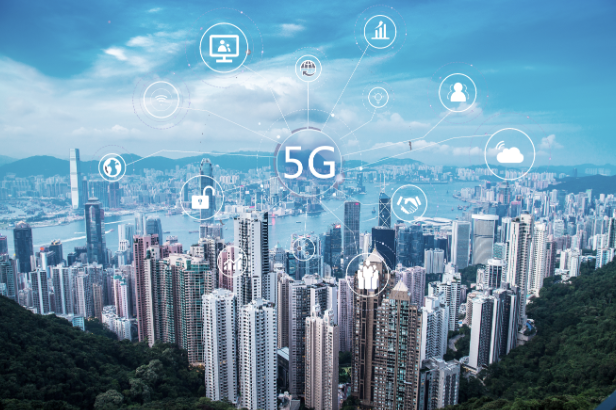How to deploy 5G and edge computing?

How to deploy 5G and edge computing?

Telecommunications around the world are on a mission to revolutionize their business operations with lightning-fast 5G networks. The convergence of 5G and edge computing in the telecom industry has brought unprecedented opportunities to enterprises in different industries, revolutionizing the entire industry, driving new revenue streams and enriching user experience.
As 5G deployments expand, the use of the edge in all aspects of consumer and business life continues to increase. It is estimated that by 2035, driven by 5G and edge computing, the digital transformation of the global manufacturing industry will generate an additional US$1.5 trillion in revenue.
The healthcare industry will also undergo a profound transformation, with the global healthcare edge computing market expected to reach $8.9 billion by 2025. As a result, while non-telecom industry first movers continue to develop technologies and dominate market dynamics, those that neglect to develop a strengths-focused strategy risk jeopardizing their position in an expanding market.
Whenever a new technology enters the market, there are always questions about how to integrate the business case, return on investment, etc. To successfully implement 5G and the edge, enterprises need to identify killer use cases, create a solid business case, and adopt these strategies to drive revenue and growth. This requires a deep understanding of the market, customer needs, and the rationale for the technology itself. The industry, regulators, original equipment manufacturers (OEMs), system integrators (SIs), and communications service providers (CSPs) all need to address infrastructure investment, Challenges such as scalability, interoperability, data security, privacy, and skills gaps, while seeking to unlock every aspect of monetization.
While it may be tempting to jump headfirst into the hype, there are several technical and financial factors to consider before deploying.
Infrastructure investment: Deployment of edge computing nodes, 5G networks and related technologies can be capital intensive. Enterprises and communication service providers need to carefully plan their investments to ensure a solid return on investment. Collaborations between CSPs, technology vendors and enterprises will enable the sharing of expertise, resources and infrastructure, driving innovation and accelerating monetization efforts.
Scalability and Interoperability: Interoperability issues can arise between different devices, platforms and networks, preventing seamless integration and limiting the scope of monetization opportunities. Enterprises and CSPs must address these challenges by adopting open standards and collaborating with industry stakeholders.
Customer-centric approach: By tailoring services and experiences to customer needs, businesses can increase adoption and loyalty, and CSPs can position themselves as trusted partners in the digital transformation journey.
Data Security and Privacy: Edge devices may be more vulnerable to cyber threats, and data transmission between edge nodes and central systems must be protected. Strong security measures and privacy policies should be implemented to build trust with customers and protect sensitive data. Privacy policies should be transparent, ensure compliance with relevant regulations, and build trust with customers. Regular security audits and updates are essential to address emerging threats.
Talent and skills gap: The rapid development of 5G and edge computing requires a skilled workforce capable of managing and monetizing these technologies. Talent and skills gaps can be addressed by investing in training programs, establishing partnerships with educational institutions, and promoting industry certification.
Regulation: While governments around the world are working to regulate issues related to 5G spectrum interference, standardization, cybersecurity and net neutrality, the bedrock of success is influenced by the role of public-private partnerships. Adoption of an effective regulatory framework will ultimately be the result of cross-border collaboration between industry engagement and ecosystem partners, playing their respective roles.
Go-to-market: Ecosystem partners need to develop innovative use cases and partnerships that demonstrate the value of low-latency services, target industries with high potential, and offer compelling pricing models to attract early adopters.
The impact of integrated edge computing and the opportunities it presents should not be overlooked in the telecommunications space. 5GB2B applications utilizing private networks and Multi-Access Edge Computing (MEC) to achieve extremely low latency for data applications by extending cloud computing capabilities to the wireless network edge. Digital twins, computer vision, virtual and augmented reality, warehouses, artificial intelligence robots, metaverses, and many other applications are examples of the same.
In conclusion, the arrival of 5G monetization will bring new concepts and ecosystems, along with challenges that can be addressed through collaboration, innovation and customer-centric development, thereby establishing a sustainable path to success in the digital age.